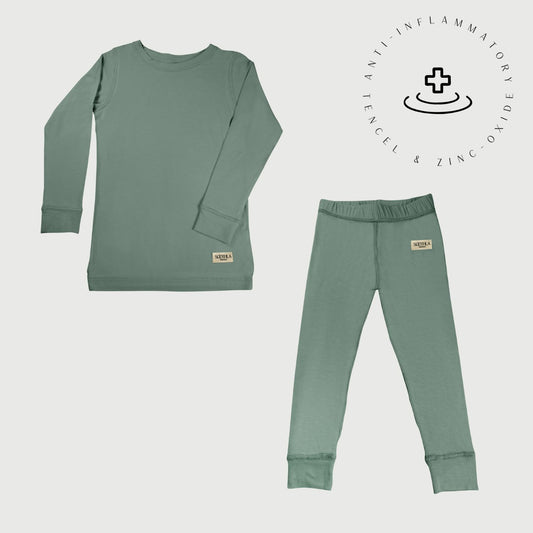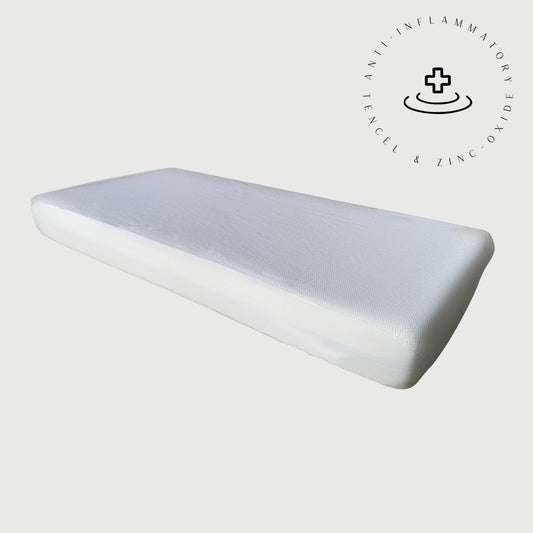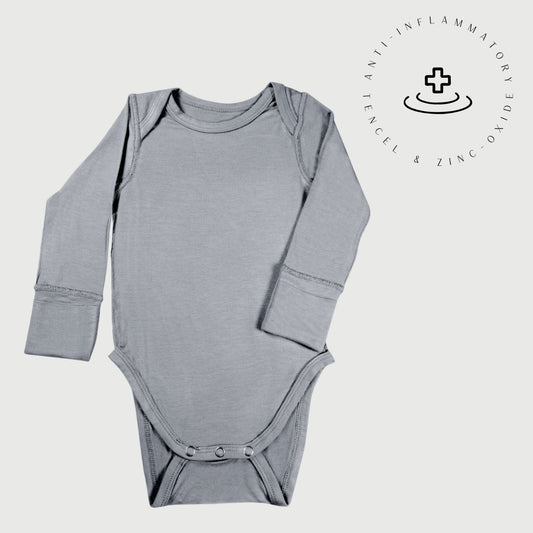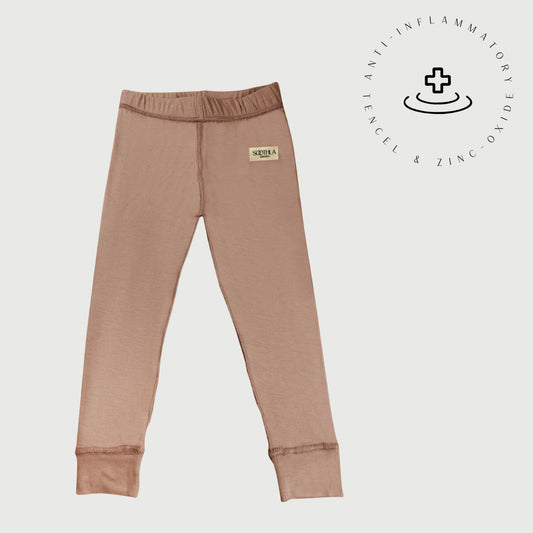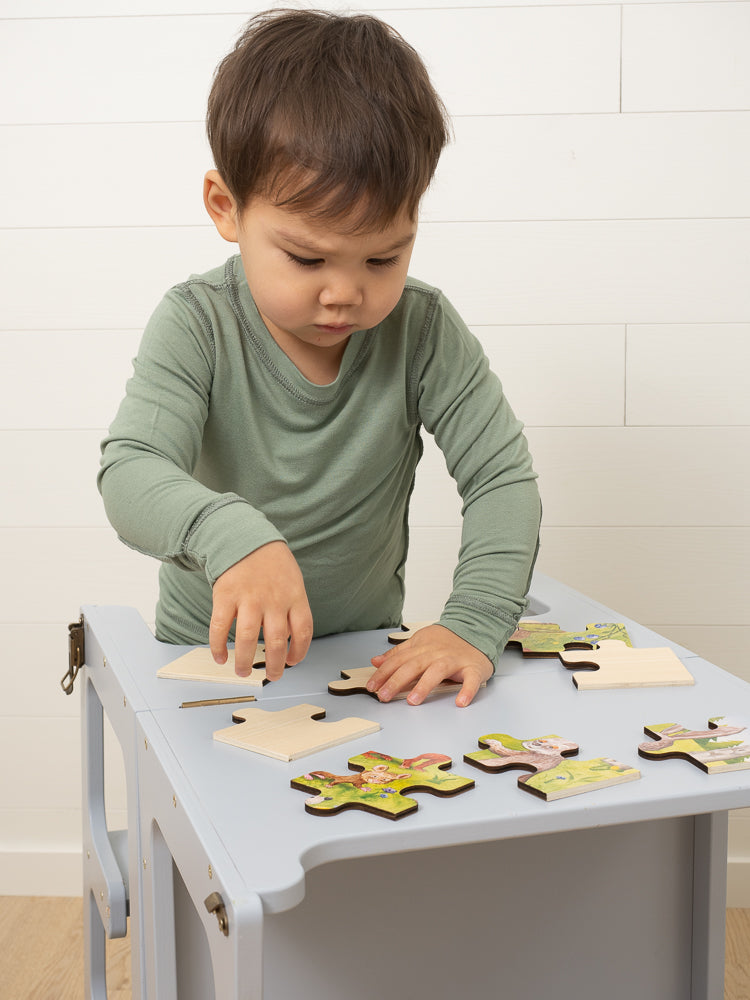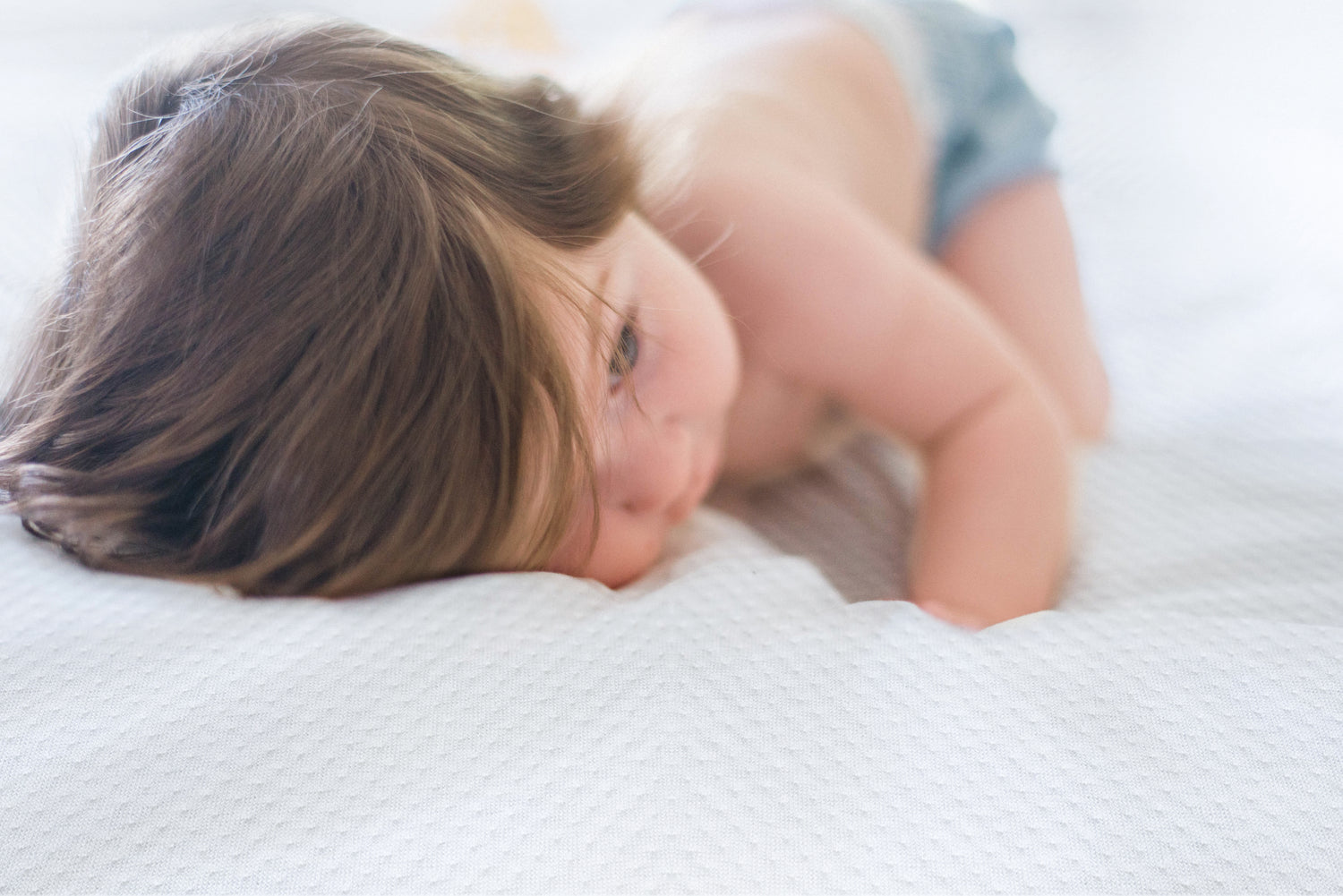A good night's sleep is essential for growing kids, but allergies and asthma can disrupt their slumber.
Here's how to create a healthy sleep environment and promote restful nights for your little one:
- What are the best bedding materials for kids with allergies?
Look for fabrics like lyocell, Tencel, or modal. These are naturally soft, anti-bacterial, and promote airflow. Organic cotton can also be a good option, but choose a high thread count (400 or above) for a tighter weave that discourages dust mites.
2. Should I get a waterproof mattress protector?
Absolutely! A waterproof mattress encasement encases the entire mattress, creating a physical barrier against dust mites and their allergens. This is especially helpful for children who experience nighttime accidents.
Also, explore Soothla's waterproof anti-allergy lyocell bedsheets that are dust mite proof and hypoallergenic.
3.How often should I wash my child's bedding?
Wash bedding weekly in hot water (at least 55°C or 130°F) and dry thoroughly on high heat. This helps kill dust mites and remove allergens.
What else can I do to create a healthy sleep environment for my child with allergies?
Here are some additional tips:
- Vacuum carpets and furniture regularly with a HEPA filter vacuum cleaner.
- Do HEPA filter vacuums really make a difference? Yes
- Reduce humidity levels in your child's bedroom with a dehumidifier .
- What is a good humidity level for a child's bedroom? (ideally between 30-50% humidity)
- Remove clutter from the bedroom, especially stuffed animals that can harbor dust mites.
- Can I wash stuffed animals to remove dust mites? (Yes, you can!)
- Wash stuffed animals regularly or freeze them for 24 hours to kill dust mites.
- Keep pets out of the bedroom if possible.
- Are there hypoallergenic pet breeds? (Yes, some breeds shed less and are considered more hypoallergenic)
- Consider air purifiers with HEPA filters to remove allergens from the air.
- Do air purifiers really help with allergies? Yes, they can reduce the allergen triggers from the air.
Bonus Tip: Elevate the head of your child's bed slightly (by placing pillows or blocks under the mattress) to improve drainage and ease breathing congestion.
How much should I elevate my child's bed for allergies? A slight elevation of 10-15 cm, which is roughly 4-6 inches, is generally recommended.
Looking for breathable and hypoallergenic bedsheets to create a healthy sleep environment for your child? Explore our collection of Soothla bedding made with Lyocell and zinc-oxide to promote a comfortable and allergy-free sleep!


